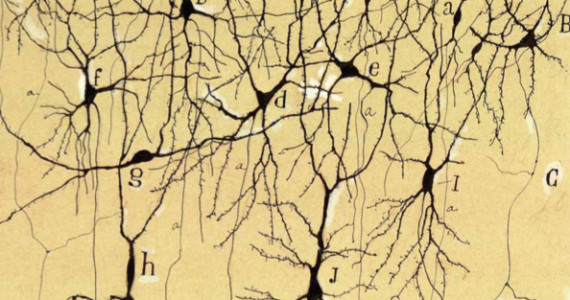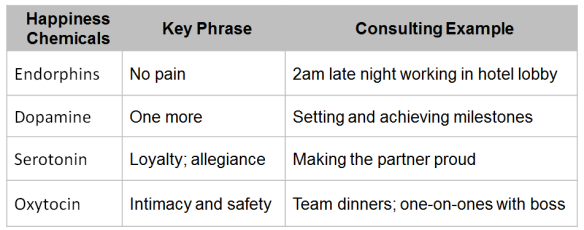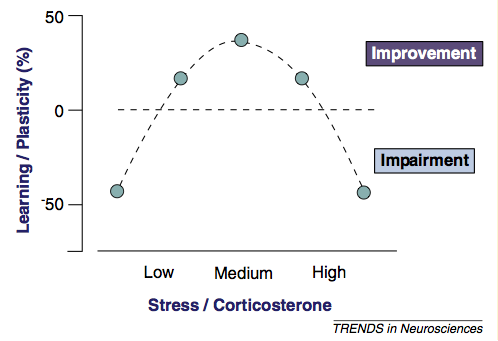
How We Learn More Effectively
You cannot avoid it, but you can manage it.
A Brain Science Perspective
Already as unborn childs, we learn. Part of our neurobiologic program is building links between merely everything we perceive. In early months and years, we build what is called the limbic system and which takes us years to develop or adopt. It is here, where foundational personality characteristics are formed, and which determines our openness, creativity, level of trust, risk appetite, punctuality, responsibility. Our amygdala, one of the first areas which an early brain develops, is the center of emotional conditioning and is the place where we unconsciously perceive emotional signals and where we first develop emotional binds.
The growing brain then builds its cognitive parts in late childhood and adolescence where we develop social-emotional learning, achievement, friendship, helping others, ethical and moral behaviour. It is here, where we form our social personality and traits like dominance, power, empathy, approachability. The orbifrontal cortex (OFC) is our memory for success and failure of social behaviour, here we assess the social consequences of our actions and here we try to inhibit emotions and impulses which come from the subcortical areas (like the amygdala or the hypothalamus).
Beyond this elementary communication of emotions and their ‘control’, we develop all the other qualities of the brain like speech, planning, sensorics, spacial concepts, autobiography and alike. It seems as if all these functions are only serving the ‘strategic communication’ between limbic system and prefrontal cortex, which we call personality. (All this I recently learned in a presentation of Gerhard Roth, a famous German neuroscientist)
Our brain makes use of the chemicals of happiness, as Simon Sinek called it in a TED talk:
- Endorphins let us mask pain
- Dopamine in anticipation of rewards and their reception
- Serotonin when others give us an impression of pride or status
- Oxytocin when others give us the impression of safety, friendship and love
- Cortisol is the counterpart of happiness, which shuts us down under stress but also strengthens the immune system
From a neurobiology perspective, our personality is driven by an individual and a social brain and their corresponding happiness chemicals, which drive our learning. Cortisol as the fifth ingredient is producing stress, which first improves later inhibits learning.
A Psychology Perspective
From a psychology perspective, personality is described by five factors, which have been tested in various experiments. These “Big Five” personality traits, often abbreviated OCEAN and their (strongest vs. weakest) descriptions are:
- Openness to Experience (inventive/curious vs. consistent/cautious)
- Conscientiousness (efficient/organized vs. easy-going/careless)
- Extraversion (outgoing/energetic vs. solitary/reserved)
- Agreeableness (friendly/compassionate vs. analytical/detached)
- Neuroticism (sensitive/nervous vs. secure/confident), sometimes also referred to its inverse Emotional Stability
While it seems obvious, that Big Five traits correspond to neuroscience, it is open, where exactly these traits are located in our brains. Only extraversion and neuroticism seem to be evident for brain scientists.
Looking at learning, it turns out, that personality drives the approach of learning. Deep, Surface and Strategic Learning are terms that go back to Noel Entwistle and differentiate the learners by their motivation and activity level. Deep learners are intrinsically motivated, tend to lose sense of time when they are learning and relate new ideas other concepts, the make use of evidence, inquiry and evaluation. Surface learners prioritise to learn the basics and then turn other topics, their main motive is fear of failure and they stick closely to requirements. Strategic learning wants to achieve the highest possible outcomes by using organised methods and good time management.
Tomas Chamorro-Premuzic, CEO of personality assessment company Hogan, has put this together with the Big Five Model, explaining which personality traits match which learning approach.
| Deep Learning | Surface Learning | Strategic Learning |
|
|
|
So What
Learning is the dominant motor in our brains, which starts long before we consciously think about it. While we are driven by personality traits, it is in our hands to manage the way we learn, to design the individual change that we are willing to do. To find an optimal way on our individual development journey, it makes sense to look into the mirror: What kind of personality am I? What is my preferred learning mentality? What should I expect from myself? Are there limits and risks which I should review?
Designing your own learning is a powerful approach to your individual growth, for a leader even more to grow your teams. Already reflection on learning unlocks new resources and amplifies your current approach of learning. And you can do more, not only can you make use of the five neurochemicals in such a way, that you reinforce your aspiration and can better achieve your vision. You could also find counterparts to talk about your plans and how to design your future learning. Once you start on that journey, there is plenty of ways you can go. If you need guidance in this landscape, get in touch with us.
Related Videos
Here are two other sources about how we learn, with a more practical tangent.
Musician and TED speaker Derek Sivers did a 15min video on why failing is so important for learning. He relates to the brain science approach as well as to Carol Dweck’s fixed vs. growth mindset view and finally turns to the activation by experiments (credits to Maarten Hoekstra where I first saw the clip).
Richard Felder combines four popular dimensions into his learning styles questionnaire to give a picture of a person’s learning preferences. L’Oreal is calling this a ‘learning personality’ and takes it into account for their corporate learning activities. Watch their 5 min video where they quickly explain Felder’s learning styles.

